
Gorontalo Province
A Comprehensive Look at Gorontalo Province
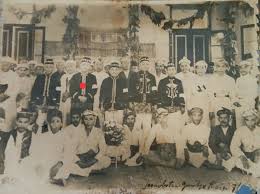

🏛️Capital City and Geographical Conditions
Capital City: Gorontalo City. It is the center of government, trade, and education, characterized by its colonial-style architecture and hilly surroundings.
Geographical Conditions: The province forms a long, narrow peninsula.
The Waters: It is flanked by two distinct bodies of water: the calm Gulf of Tomini to the south (rich in marine life) and the Celebes Sea to the north.
Topography: The landscape is dominated by limestone karst hills and lowlands that are heavily cultivated with corn (jagung), the region's primary crop.
Climate: Tropical monsoon climate, generally dry and hot, which is perfect for corn farming.
📜History: Independence Before the Nation
Gorontalo holds a unique and proud place in the history of Indonesian independence.
Patriotic Heroism: Gorontalo famously declared its independence from the Dutch on January 23, 1942, three years before the national declaration in Jakarta. This movement was led by the national hero Nani Wartabone, a source of immense local pride.
Provincial Separation: Historically part of North Sulawesi province, Gorontalo culturally and religiously differed significantly from the Christian-majority Minahasa region. Consequently, it peacefully separated to become its own province in December 2000.
Kingdoms: Before colonization, the area was ruled by the Duluwo Limo Lo Pohalaa (Union of Five Kingdoms), which established the customary laws still respected today.
👥Demographics and Customs
Population: The population is approximately 1.2 million people.
Ethnic Groups: The Gorontaloan people are the dominant ethnic group. There are also communities of Javanese (transmigrants), Bugis, and Minahasans.
Customs (Adat Istiadat):
Philosophy: The culture is guided by the philosophy "Adat Bersendikan Syara', Syara' Bersendikan Kitabullah" (Custom is based on Sharia law, Sharia is based on the Quran). Islam dictates social norms, dress, and ceremonies.
Pohutu Mopolo: A traditional welcoming ceremony for guests or dignitaries, involving traditional poetry (Tuja'i), dance, and betel nut offerings.
Never "Batak": Unlike North Sulawesi where dog or bat meat is consumed, Gorontalo cuisine is strictly Halal.
🎨Culture and Traditional Arts
Gorontalo’s arts are refined, focusing on textiles and religious celebrations.
Karawo (Embroidery): The crown jewel of Gorontalo art. Karawo is an incredibly intricate hand-embroidery technique. Threads are painstakingly pulled from a plain fabric to create a grid, which is then re-embroidered with colorful designs. A single piece can take months to finish.
Walima: A massive celebration during the Prophet Muhammad’s birthday (Maulid Nabi). Locals prepare huge wooden structures shaped like boats or mosques, piled high with traditional cakes and food, which are paraded to the mosque and distributed.
Dana-Dana Dance: A lively, rhythmic folk dance performed by pairs (or groups) to the sound of the gambus (lute) and drums, often celebrating youth and romance within Islamic boundaries.
🍲Distinctive Traditional Cuisine
Gorontalo cuisine is distinct from Minahasan food; it is not as spicy, uses more coconut, and features corn as a staple.
Binte Biluhuta (Milu Siram): The soul food of Gorontalo. It is a savory soup made from white corn kernels, cooked with grated coconut, shrimp, and skipped jack tuna (cakalang). It is seasoned with lime, basil, and chili, offering a sweet, savory, and fresh flavor profile.
Ilabulo: Often called "Gorontalo's Pepes." It is made from sago flour mixed with chicken liver, gizzards, and skin, cooked with coconut milk and spices. The mixture is wrapped in banana leaves and grilled/steamed. It has a chewy texture and rich, savory taste.
Ayam Iloni: Grilled chicken that is first marinated in a rich mixture of coconut milk, ginger, turmeric, and garlic. The coconut milk marinade creates a savory, slightly creamy glaze on the charred chicken.
Tili Aya: A traditional sweet treat often eaten during Ramadan (Sahur) or breakfast. It is a steamed dessert made from brown sugar (palm sugar), coconut milk, and eggs, resulting in a custard-like texture that is very sweet and energizing.
🗺️Famous Tourist Attractions
Gorontalo is rising as a world-class destination for marine interaction.
Whale Sharks of Botubarani: Located just a short drive from the city, the waters of Botubarani are one of the few places on Earth where you can easily swim and snorkel with massive Whale Sharks just meters from the shore.
Olele Marine Park: A diver's paradise in the Gulf of Tomini, famous for its Salvador Dali Sponge (a massive sponge shaped like the painter's surrealist art) and pristine, colorful coral walls.
Pulo Cinta (Love Island): An eco-resort located on a heart-shaped sandbar in the middle of the sea (Boalemo regency). Often called the "Maldives of Gorontalo," it features overwater villas and crystal-clear water.
Otanaha Fortress: A unique historical site built by local kings (with Portuguese help) in the 1500s. The fortress is renowned for its mortar, which was allegedly made using egg whites from the Maleo bird. It offers panoramic views of Lake Limboto.
Saronde Island: A small, uninhabited island to the north (Ponelo Kepulauan) with powdery white sand and turquoise water, perfect for camping and island hopping.
✈️ Transportation Infrastructure
Gorontalo is the transit hub connecting North and Central Sulawesi.
Airport (Bandar Udara):
Jalaluddin Airport (GTO): Located about 30km from Gorontalo City. It serves regular domestic flights from Jakarta, Makassar, and Manado. The terminal is modern and relatively new.
Port (Pelabuhan):
Gorontalo Port: A vital hub for the Pelni passenger ships and the ferry gateway to the famous Togean Islands (Central Sulawesi) and Pagimana (Central Sulawesi).
Anggrek Port: The main cargo port on the northern coast.
Railroad (Stasiun Kereta Api):
Gorontalo Province does not have a railway network. Public transport relies on Bentor (motorized pedicabs - the iconic transport of the city), micro-buses, and rental cars.
Gorontalo is the calm amidst the excitement of Sulawesi. It is a province where the rhythm of life is dictated by the gentle waves of the Tomini Gulf and the call to prayer echoing from the hills. While it may not have the fame of Bali, it offers something rarer: the chance to swim silently with Whale Sharks in the morning and admire the intricate threads of Karawo art by the afternoon. For the traveler seeking authenticity, warmth, and untouched nature, Gorontalo is the perfect, serene discovery.
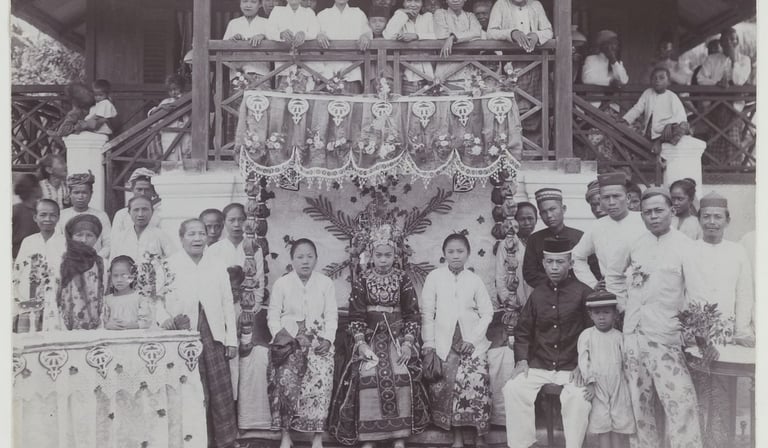


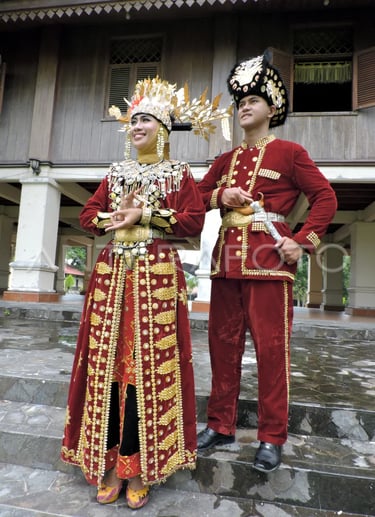
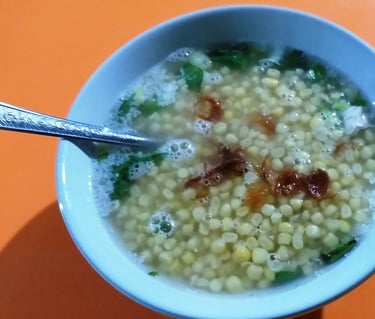

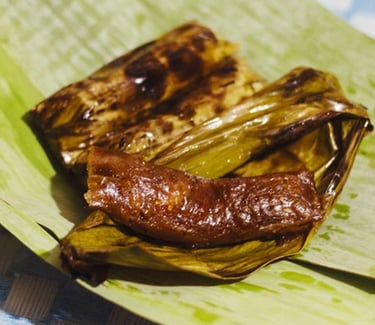

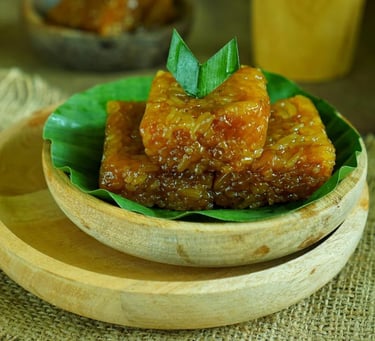


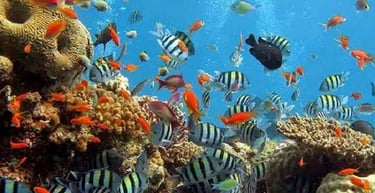
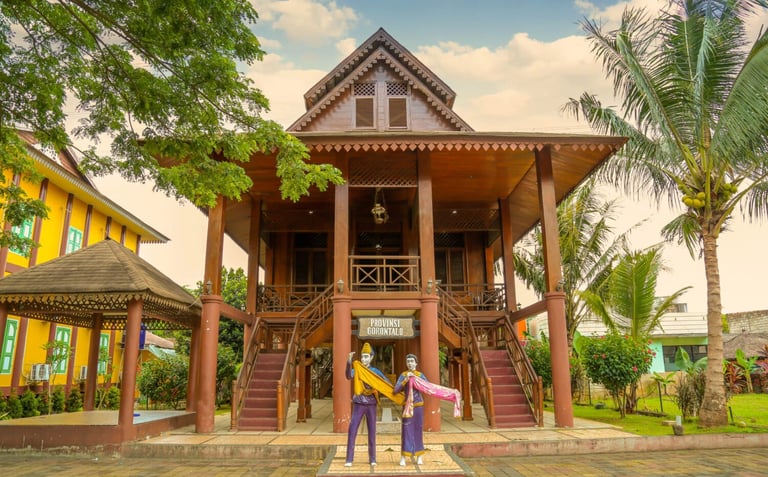

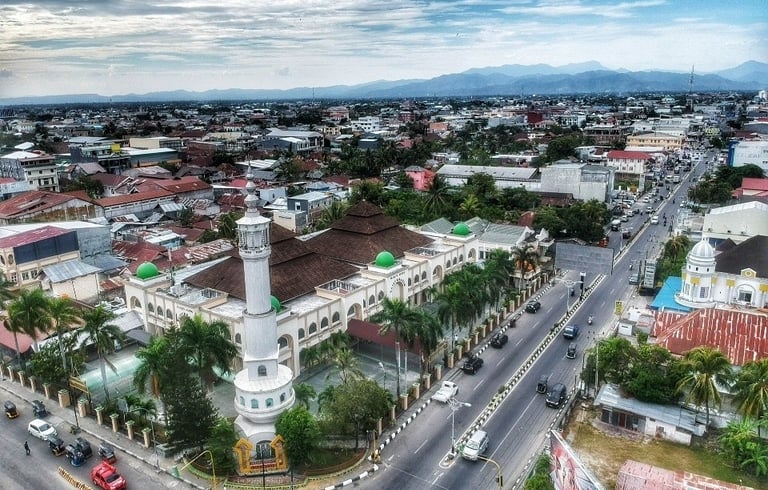

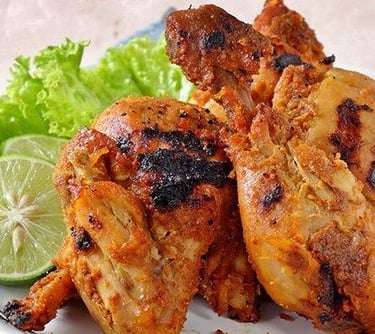

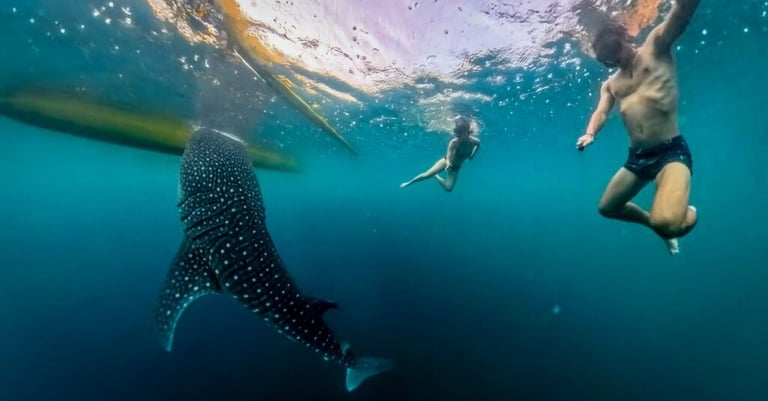

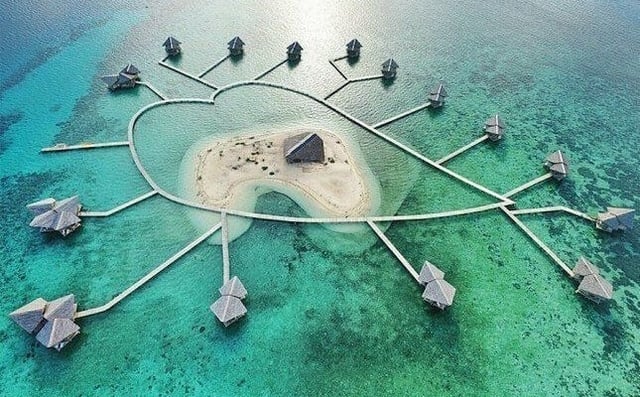



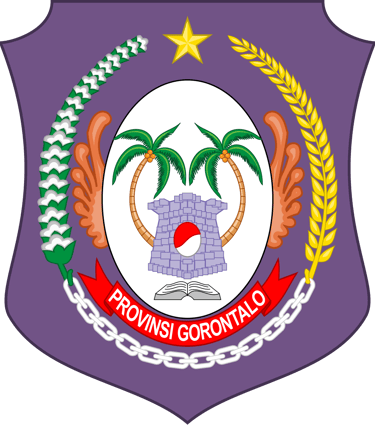

🌽Gorontalo Province: The Serene Veranda of Medina
Gorontalo, situated on the northern arm of Sulawesi Island, is a hidden gem often overshadowed by its neighbors, North and Central Sulawesi. Known as the "Serambi Madinah" (The Veranda of Medina) due to its deeply rooted Islamic culture, Gorontalo offers a serene atmosphere, distinct culinary heritage centered on corn, and some of the most accessible marine encounters in the world.

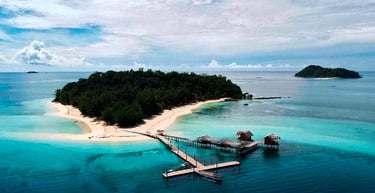
Follow us to explore Indonesia with expert travel guidance
©PT.Sinar Pesona Travelindo 2025. All rights reserved.
